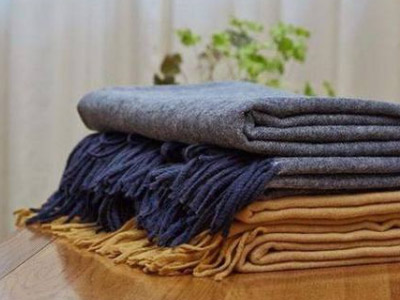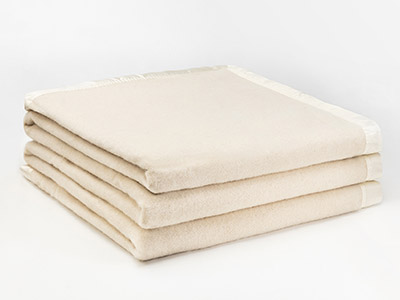What fabric is suitable for a scarf? The pros and cons of various scarf fabrics depend on your needs. Each fabric has its own advantages and disadvantages. For example, wool has the advantages of warmth, softness, lightness and elasticity, while the disadvantage is that new wool will shed. Cotton is comfortable and breathable, but not durable and tends to wrinkle. Generally, in spring and autumn, thin materials such as cotton, modal and acrylic fibers are mainly used; in winter, warm materials such as wool, wool and cashmere are mainly used; in summer, silk and linen scarves are mainly used.
For example, wool fabrics can be divided into pure wool fabrics and wool blended fabrics. As far as pure wool fabrics are concerned, they can also be divided into pure wool worsted fabrics and pure wool wool fabrics. Pure wool worsted fabric feels soft and elastic, smooth and thin. Wrinkles can disappear over a period of time after the fabric is loosened. Pure wool fabric is relatively thick, with mild touch, soft luster, clear and rich texture patterns, and the bottom of the texture is not exposed in tweed and suede. Wool fabric has obvious advantages, such as warmth, softness, lightness, good elasticity, and natural luster. The disadvantage is that newly bought scarves will shed hair. However, it should be noted that it is normal for a wool scarf to have floating hair after one cleaning, and it will not shed hair afterwards.
Cotton scarves are comfortable to wear, have good air permeability and good heat preservation effect. The downside is that they are not durable, they wrinkle easily, and dark colors fade easily. Hemp, this kind of fabric is comfortable and breathable, is a natural fabric, but has poor elasticity and is not very skin-friendly. The advantages of silk scarves are smooth, soft, warm, light, and beautiful, while the disadvantages are that they are easy to shrink and wrinkle. Silk feels fine and smooth. Nylon scarves are durable and smooth, but they are prone to static electricity in winter. Also leather, wool, polyester and other fabrics. Polyester fabric is easy for everyday care, but not very breathable. Scarves made from animal hair are comfortable and stretchy, but should be stored away from moths and by sensitive people.
How to wash a woolen scarf?
1. First, soak the woolen scarf in cold water for about three minutes. The water temperature should be around 35 degrees. Be careful to cover the woolen scarf with water. Then rinse gently with soft detergent or wool special detergent, be careful not to scrub. After cleaning, wring out by hand without excessive force and do not machine dry. After washing and dehydrating, the woolen scarf should be spread out in a ventilated place to dry.
2. Secondly, adjust the temperature of the iron to medium temperature or wool position, spray the dry scarf with water evenly before ironing, and spread it on a soft white cloth. When ironing, it should be along the warp and weft direction, and diagonal force is not allowed to prevent the wool scarf from being deformed. Ironing and ironing should be done appropriately according to the degree of deformation and thickness of the fabric after washing.
3. In addition, due to the loose structure of the wool scarf, care should be taken to avoid nails and sharp objects when washing and using it. If only one yarn is picked, it can be straightened along the warp and weft direction or picked with a fine needle.
4. When storing, do not put the woolen scarf together with other clothes, so as not to be damaged by the zippers and buttons on the clothes. The woolen scarf can be rolled into a cylinder and placed in a drawer to avoid wrinkles when unfolded.
5. When solving the problem of how to clean a woolen scarf, remember not to twist it by hand or hang it in the sun. Jacquard or multi-color wool scarves should not be soaked for a long time. Wool scarves of different colors should not be washed together to avoid staining.





Leave A Comment